Production Company: Twentieth Century Fox Marvel Enterprises
Studio: Twentieth Century Fox Film Corporation / Warner Bros
Cast: Patrick Stewart as Professor Charles Xavier, Hugh Jackman as Logan/Wolverine, Ian McKellen as Eric Lensherr/Magneto, Halle Berry as Ororo Munroe/Storm, Famke Janssen as Dr. Jean Grey/Phoenix, Kelsey Grammer as Dr. Hank McCoy/Beast, Anna Paquin as Marie D’Ancanto/Rogue, Rebecca Romijn as Raven Darkholme/Mystique, Shawn Ashmore as Bobby Drake/Iceman, Ellen Page as Kitty Pryde/Shadowcat, Ben Foster as Warren Worthington/Angel, Aaron Stanford as John Allerdyce/Pyro, Olivia Williams as Dr. MoiraMacTaggart, Shohreh Aghdashloo as Dr. Kavita Rao, James Marsden as Scott Summers/Cyclops, Cameron Bright as Leech, Daniel Cudmore as Peter Rasputin/Colossus, Vinnie Jones as Cain Marko/Juggernaut, Michael Murphy as Warren Worthington, Sr. and Eric Dane as Jamie Madrox/Multiple Man Dania Ramirez as Callisto
Crew: Brett Ratner (director); Zak Penn & Simon Kinberg (writers); Ari Arad, Kevin Paige & Stan Lee (executive producers); Avi Arad, Lauren Shuler Donner & Ralph Winter (producers); Lee Cleary & David Gorder (associate producers); Ross Fanger, James M. Freitag & John Palermo (co-producers)
Synopsis:
In X-MEN: THE LAST STAND, the climax of the “X-Men” motion picture trilogy, a “cure” for mutancy threatens to alter the course of history. For the first time, mutants have a choice: retain their uniqueness, though it isolates and alienates them, or give up their powers to fit in. The opposing viewpoints of mutant leaders Charles Xavier, who preaches tolerance, and Eric Lehnsherr (Magneto), who believes in the survival of the fittest, are put to the ultimate test – triggering the war to end all wars.
X-MEN: THE LAST STAND reunites the stars of the first two X-Men films: Hugh Jackman as Wolverine, a solitary fighting machine who possesses amazing healing powers, retractable adamantium claws and an animal-like fury; Halle Berry as Storm, who can manipulate all forms of weather – and fly; Ian McKellen as Magneto, a powerful mutant who can control and manipulate metal; Patrick Stewart as Xavier, a telepath and the founder and leader of the X-Men; Famke Janssen as Jean Grey, a mutant with incalculably powerful telekinetic and telepathic abilities; Anna Paquin as Rogue, who absorbs the powers and threatens the life of anyone she touches; Rebecca Romijn as the shape-shifting Mystique; James Marsden as Cyclops, whose eyes release an energy beam that can rip holes through mountains; and Shawn Ashmore as Iceman, who can lower his body temperature and radiate intense cold.
Also reprising their “X2” roles are Aaron Stanford as fire-manipulator Pyro and Daniel Cudmore as Colossus, who can change his flesh into organic steel.
Kelsey Grammer joins the X-MEN: THE LAST STAND cast as one of the “X-Men” universe’s most beloved characters: Dr. Henry McCoy, also known as Beast. McCoy is a highly intelligent geneticist, a mutant endowed with superhuman agility and physical prowess. As the subject of one of his own experiments, McCoy mutated further, growing blue, bestial fur.
Brett Ratner, who established a motion picture franchise with “Rush Hour,” and expanded the “Silence of the Lambs” franchise with “Red Dragon,” directs.
Other Info
Film Fetish trivia:
Bryan Singer was supposed to direct and co-write X Men 3’s script, but took over duties on Superman Returns from Brett Ratner (Rush Hour 2, Red Dragon) instead, who ended up directing X Men 3.
Mike Vogel was supposed to play Warren Worthington, a.k.a. Angel, but could not take the part because of scheduling conflicts with Poseidon. Nick Stahl was also considered for the same role.
POSSIBLE SPOILER: A 2,500 foot replica of the Golden Gate Bridge was built, for a scene in which the bridge is…heavily damaged.
The character of Gambit was originally going to make an appearance in X Men 3: The Last Stand. Eventually, the character was dropped from the film. Josh Holloway was up for the role.
THE PRODUCTION
X-MEN: THE LAST STAND stays true to the tone and story arcs of “X-Men” and “X2,” while expanding the characters, continuing the balance between spectacle and reality, and, especially, deepening the emotion and relationships.
In doing so, X-MEN: THE LAST STAND raises issues that resonate today: Is conformity an antidote to prejudice? Is it cowardice to give up individuality to fit in and avoid persecution? Is the personal right to choose inviolate? Is great power a blessing or a curse?
The actors agree that X-MEN: THE LAST STAND is the most ambitious work of the trilogy. “This film is richer from start to finish,” says Patrick Stewart. “It’ll get you worked up – and it should! It has an intriguing hook that gets you involved immediately and emotionally with the characters.”
The cure storyline takes the film series’ underlying theme of alienation to its fullest extension. It is an issue that struck close to home for the actors.
“The cure is the real villain of the story,” says Halle Berry. “It’s an issue I’ve struggled with my entire life. When I was a child, I felt that if only I could change myself, my life would be better. As I’ve gotten older, I’ve come to terms with what utter nonsense that is, and this movie adds light to that dark subject.”
The cure ignites Magneto, allowing him to emerge from hiding, amass an army, and initiate a mutant revolution, the likes of which have not been seen before. Magneto and his minions want to eliminate the cure and anyone – mutant or human – who supports it.
“Magneto says to his followers, ‘Nobody is going to cure us; we are the cure!'” relates Ian McKellen. The idea of eradicating that which sets individuals apart from the majority is anathema to the distinguished British actor, just as it is to his on-screen character. “It’s abhorrent to me, as it would be if a person said I need curing of my sexuality, or if someone said that black people could take a pill that would ‘cure’ them of being black.”
Jackman points out that this issue and the conflicts that ensue are “intrinsically massive” for the X-Men. The actor highlights the complexities of mutant life. “There’s another side of it to explore,” he explains. “Look at Rogue, for example. Her abilities [to absorb the powers of other mutants, which can result in death] are amazing, yet she lives a very lonely life. She can never touch anyone, have a physical relationship, or have children. As politically abhorrent as the cure is, it’s also understandable that someone like her would consider taking it.”
Beast, the least human-looking of the mutants, is also conflicted about the cure. “Unlike the other X-Men, Beast’s mutation isn’t hidden,” says Kelsey Grammer. “So it’s not surprising that he may explore, however briefly, the idea of being a ‘regular guy.’ He realizes, of course, that being ‘regular’ is not his destiny. He’s a very brave soul, because true bravery means seizing your fate and doing good with it. And that’s exactly what Beast does.”
These emotional themes are tied to some of the most beloved stories in the “X-Men” comics’ illustrious history. “Nobody had really tried to bring a significant level of emotion to comics before the ‘X-Men’ comics in the seventies,” says Zak Penn who, like co-scripter Simon Kinberg, is an “X-Men” comics enthusiast. “We owed it to the franchise to recapture that kind of strong emotion. The only way to do that is to make the audience feel that this universe is real, to let them know that both good and bad things can happen.”
Adds Kinberg: “One of the most important things about the comics was that readers became emotionally attached to the characters. From issue to issue, they didn’t come back just for the stories; they returned for the characters.”
Brett Ratner was drawn to the script’s heightening of the stakes, as well as its adherence to what had come before in “X-Men” and “X2.” “Bryan Singer’s ‘X-Men’ films were a blueprint for me,” says Ratner. “I wanted to maintain the tone and story arcs that Bryan and the actors had created. The audiences care about these characters, and it was important to me to stay true to who they are. My goal was to take what worked in the first two films, but make it more emotional and resolve some character arcs.”
The returning cast appreciated Ratner’s approach. Says Hugh Jackman: “Brett is respectful of and staying true to the vision of ‘X-Men’ and ‘X2,’ but at the same time he’s taking the franchise to a new level, adding more emotion and deepening the relationships.”
Halle Berry gives kudos to Ratner and the writers for clarifying Storm’s responsibilities, point of view and potential. “I knew Brett was instrumental in making that happen,” says Berry. “He’s really been a supporter of finding a consistent voice for Storm. It wasn’t about giving me more dialogue. But when I’m onscreen, I want it to matter.”
Adds Hugh Jackman: “In the first two films, Wolverine debated joining the X-Men or staying true to his nature and remaining a loner. In X-MEN: THE LAST STAND, the question becomes more of whether he will play a leadership role in the X-Men. It makes the stakes much higher, which was essential, because my feeling is if you’re going to reprise a role, you want to do it better and take it further. This film allowed me to do that.”
As Jackman, Berry, their castmates, and Brett Ratner indicate, X-MEN: THE LAST STAND is grand-scale Hollywood moviemaking. This was far from the mind of Stan Lee when he and Jack Kirby created the X-Men over 40 years ago. Lee and Kirby shaped characters and stories rich with drama, conflict and emotions. The X-Men, like many of their Marvel Comics predecessors, were an unusual heroic group – at times sarcastic, antisocial, and clearly flawed, yet sympathetic when battling the demons of their love lives, tackling the traumas of self-esteem, or taking on powerful villains in their universe of special powers.
“I wanted to give the X-Men interesting personalities, and make them empathetic and believable,” Lee recalls. “When we started Marvel, we always tried to get characters that were relatable; they had to seem like real people, even though they had incredible powers. We thought that extra depth was important.”
After all these years, the vision of Lee and his successors remains an intrinsic part of the “X-Men” universe – a fact that even Lee’s formidable imagination couldn’t foresee. “It never occurred to me,” says the comics legend, “that someday these little stories we were doing could become such magnificent movies.”
RETURNING FOR THE TRILOGY’S CLIMAX
Due to the actors’ busy schedules, bringing the entire cast back for X-MEN: THE LAST STAND required complex strategic maneuvering. But their participation was never in doubt. “It was key to the story and character relationships, and important to the fans who love these films,” says producer Lauren Shuler Donner. “All these actors coming back says a lot about their love of the script and the ‘X-Men’ films,” adds producer Avi Arad. “The cast made these movies what they are, and it was critical to get them back for this film.”
The returning cast members saw their characters undergo significant changes, none more so than Famke Janssen, who portrays telepath Jean Grey. In “X2,” Jean had sacrificed her life to save her fellow X-Men, drowning at Alkali Lake. But that film’s last shots hint that we haven’t yet seen the last of her – and X-MEN: THE LAST STAND pays off on that in a big way.
Jean returns, reborn as “Dark Phoenix” with powers far beyond her comprehension. She is transformed into the ultimate weapon – which everyone wants to possess as they prepare for war. She becomes a threat to the X-Men and to the world at large.
“Jean’s saga is the most extreme,” says Simon Kinberg. We were inspired by a specific storyline in the comics that had never been done before: taking a hero and making them a villain. Her saga is emotionally resonant, because it involves watching somebody you love start to both implode and explode.”
“What Jean does in this film is very different from what she does in the first two films,” says Famke Janssen. “It’s a big change that comics fans have long been anticipating, and which the films’ audiences will be shocked by.”
In “X-Men” and “X2,” Jean is a heroic figure and the principal teacher at Xavier’s School for the Gifted. Along with her mentor and friend, Professor Charles Xavier, fiancée Scott Summers (aka Cyclops) and the rest of the X-Men, Jean battled Magneto in “X-Men” and the mutant-hating Stryker in “X2.”
Despite Jean’s heroics, both films dropped important clues to her ultimate fate, revealed in X-MEN: THE LAST STAND. “In the first films, there are inklings that something is wrong with Jean – moments where her powers seem more than she can handle,” says Janssen. “This is taken further in ‘X2,’ in which she’s having headaches and difficulties in controlling her powers.”
The fate of James Marsden’s Cyclops is closely tied to Jean’s rebirth. The two were engaged to be married, but her heroic death has left the once straight-laced Cyclops grieving and bitter. “He’s lost his focus in life, the person he loved the most,” says Marsden. “The meaning of the X-Men – what they stand for – has lost its value to him, now that Jean is gone. In fact, the whole team is suffering.”
Anna Paquin’s Rogue flirts with the idea of being “reborn” – as a human. “With the cure, she has an option,” says Paquin. “She can either be cured and change her life forever, or accept who she is and continue living with the feelings of isolation that accompany her mutation.”
“Rogue has the worst power in the entire mutant universe, period,” says producer Ralph Winter. “She can’t touch or express love. What is she going to do? This film answers the question.”
Rogue’s story is linked to Bobby Drake’s (aka Iceman), with whom she began a romance in “X2.” But their burgeoning love story hits a roadblock due to her power to absorb the powers of – and kill – whomever she touches. “Bobby’s powers to radiate intense cold come into their own, just as he faces major challenges in his relationship with Rogue,” says Shawn Ashmore. “Things get even more complicated when he starts to feel a connection with Kitty Pryde [a young mutant who can phase through solid matter, played by Ellen Page]. He is ready to become a full member of the X-Men.”
Bobby continues his ongoing battle with his nemesis, Pyro, a member of the evil Brotherhood of Mutants, who can manipulate fire. “It’s a war between fire and ice,” says Aaron Stanford, who portrays Pyro. “My character has become Magneto’s right-hand-man, more confident in his powers, and more powerful and capable of inflicting major damage.”
Another member of Magneto’s Brotherhood – the shape-shifting Mystique – finds herself dealing with the ramifications of the cure. “She’s always loyal to Magneto, fighting by his side,” says Rebecca Romijn, who again spent hours in the makeup chair, each day, being transformed into the blue-skinned mutant. “But she’s about to get a hard lesson in the strength of his outrage over the cure, and hell hath no fury like a woman scorned.”
THE NEW CHARACTERS
The X-Men comics universe is populated by hundreds of characters, many of whom could not be used in a two-hour motion picture, due to the medium’s time constraints. With the announcement of each new “X-Men” movie, fans have weighed in with their thoughts about which characters should appear. Beast and Angel were always at the top of their lists. As plans began to take shape for a third film in the series, the filmmakers at last had a story big enough to accommodate appearances by those much-requested characters.
Once it was decided to include Beast, there came the formidable challenge of casting the role. Beast, who as the story opens is Secretary of Mutant Affairs in the U.S. president’s cabinet, is one of the world’s experts on mutations and evolutionary human biology. He has extensive knowledge of genetics, biochemistry, and a variety of other scientific fields, and he possesses superhuman strength, agility, endurance and speed, despite his bulk.
“Everyone had ideas as to who should play the role,” says co-screenwriter Simon Kinberg. “The most difficult thing about Beast wasn’t writing the character, but casting it. To me, the great casting genius of the film is Kelsey Grammer. He inhabits Beast with his voice, demeanor, physicality and eyes.”
Grammer was intrigued by the character’s combination of brain and brawn. “Beast is very intelligent,” Grammer recalls. “And he’s very slow to fight. But when he does fight, he is magnificent. So I thought, okay, I’d like to play that.”
Known around the globe for his five-time Emmy®-winning role as Dr. Frasier
Crane on the classic sitcoms “Cheers” and “Frasier,” Grammer is almost unrecognizable
under the multi-layered prosthetics that transformed him physically into Beast.
“When I signed on for the job I realized that I would be doing my first full
prosthetic foray, and I must say I had mixed emotions,” says Grammer. “It’s very effective in playing the character, and at the same time it’s a bit stilting. You have to work a bit harder to get that mask to take on some of your energy. On the plus side, the prosthetic has helped me realize the dynamic power of stillness in a performance. I made a decision to not bring in too much facial energy and instead to rely more on my eyes. It’s through his eyes that we see Beast’s intellect shine.”
Grammer’s makeup took three hours to apply, says Bart Mixon of Spectral Motion, one of the industry’s top makeup effects houses, which also designed the special makeup for Angel, Colossus, and Juggernaut. Mixon worked with prosthetic makeup artist Thom Floutz. “Beast’s makeup is quite complex,” Mixon explains. “There are five pieces that comprise Beast’s head. There’s a neck, the skullcap with ears, one big piece for the cheeks and jaw, the forehead, and the lower lip. Then there’s the body suit, gloves and feet and…. six hairpieces. The nature of the character required the makeup to be very flexible.”
To comics fans, Angel, played by Ben Foster in the film, is nearly as beloved as Beast. Angel’s father, billionaire industrialist Warren Worthington II (played by Michael Murphy) cannot accept Angel’s mutation – he has fully feathered wings that span nearly 16-feet, which enable him to fly – and his distress over his son’s mutant powers leads him to spearhead the development of the cure.
The introduction of the character in the film, depicting him (as a young boy) trying to do away with the source of his mutant powers, is one of the most telling scenes – a powerful moment of unwarranted shame. “Angel’s actions point out how much young people want to fit in, to be liked, and to be like everyone else,” says Foster. “In a way, it sums up what the X-Men are all about: that we all feel like we’re different, and that the only course is to accept those differences. If we don’t, the results can be ruinous.”
According to Ratner, Foster “really put across Angel’s torment and complexity.” Equally impressive were the actor’s physical feats. Not only did Foster have to endure grueling prosthetics sessions during which his wings were applied, he got himself into incredible physical shape to obtain the comics’ character’s sinewy physique. “Ben worked out harder than anyone I’d ever seen,” adds the director. “He really transformed himself.”
Angel presented another design challenge. “We had to design Angel’s clothes to accommodate three different versions of his wings,” says costume designer Judianna Makovsky. “One set is to accommodate prosthetic wings that are attached to his back in scenes where he appears bare-chested; another set is for his closed wings that are attached to a harness, which have to fit over the wings and conceal them; a third, ‘normal’ set of clothes is for use when the wings are entirely computer generated.”
Vinnie Jones plays the unstoppable strongman Juggernaut (aka Cain Marko), another of the comics’ most famous characters. Once Juggernaut is running or even walking, no physical force can prevent his forward momentum. Jones, a former soccer star who went on to appear as tough guys in films such as “Snatch” and “Lock, Stock and Two Smoking Barrels,” saw his already massive physique augmented by the makeup effects wizards at Spectral Motion.
“Juggernaut is a mercenary, a fighting machine,” says Jones. “He’s a member of the Brotherhood but doesn’t necessarily share Magneto’s intense interest in abolishing the cure. He just lives for battles.”
Also joining the cast are Dania Ramirez as Callisto, whose highly attuned senses allow her to locate and assess the power of other mutants; Eric Dane as Multiple Man, who can create exact physical replicas of himself; Cameron Bright as the power dampener Leech; and Shohreh Aghdashloo as geneticist Dr. Kavita Rao.
X-TREME ACTION
In a film series noted for its huge set pieces and explosive fighting sequences, X-MEN: THE LAST STAND takes the action to a new level. Simon Crane, one of the industry’s top second unit directors and stunt coordinators, worked closely with Brett Ratner to create the action sequences, and design the fights and fighting styles.
Crane had just wrapped the blockbuster action film “Mr. and Mrs. Smith,” where he put Brad Pitt and Angelina Jolie through their paces, when he was approached for X-MEN: THE LAST STAND. His mandate was to create action never before seen on film, to find new ways of filming fight scenes, and stage action that’s motivated by the story and drives it forward.
Crane worked closely with Academy Award® winning visual effects supervisor John Bruno, judiciously blending stunts, special effects and CG to make the action sequences both massive and believable.
One of Crane’s principal tasks was to re-create from the comics, Wolverine’s “berserker rage” fighting style – a mad, white rage that makes him virtually unstoppable. “Wolverine’s fighting style in the first two films was great, but for the new film we wanted to explore the comics’ fighting style,” says Crane. “Most of the time, Wolverine’s fighting only for Wolverine. Here, he’s fighting for something bigger and therefore he fights harder, fiercer. We’re going to see a Wolverine who’s really angry.”
Hugh Jackman, whose preparation for the action scenes included spending hundreds of hours in the gym, and a special fight training program, elaborates: “In ‘X-Men’ and ‘X2,’ my fighting style was ‘slicing-and-dicing.’. But for this film, I wanted to go back to the comics, which had brilliantly conceived fight scenes.”
Although Wolverine is decidedly earthbound, he took to the air – with help from Colossus’ super-strong right arm – for scenes depicting a fan-favorite element from the comics called the “fastball special.” Crane and his team hurtled the actor on a wire – at speeds up to 80 miles per hour – through a forest. “It was a phenomenal experience,” says Jackman. “And no CG!”
Halle Berry’s Storm can fly, a capability left unrealized in the first two films. “I know it seems like a little thing, but I’ve been saying since the first movie: ‘I just want to fly!'” laughs Berry.
In X-MEN: THE LAST STAND, Berry finally gets her wish. For a scene in which Storm takes to the skies, spinning like a tornado, Berry completed 24 revolutions in just two or three seconds. Says Brett Ratner: “It’s such a spectacular stunt, that nobody’s going to believe Halle did it. But she did.” The dizzying wirework had Berry taking Dramamine to combat motion sickness.
In addition to devising new fighting and flying techniques, Crane oversaw the film’s big action set pieces. In one scene, Magneto throws cars from the Golden Gate Bridge onto Alcatraz, as Pyro ignites them in mid-air, and the fiery vehicles rain down on the X-Men.
The Golden Gate Bridge figures in the film’s biggest event, as Magneto takes control of the San Francisco landmark, ripping it off its foundations and using it, literally, as a gateway to Alcatraz: ground zero for the cure’s development and distribution. This scene, the biggest in any “X-Men” film, again represented the work of Crane, visual effects supervisor John Bruno, and production designer Edward Verreaux – all under Brett Ratner’s watchful eye.
“The Golden Gate Bridge sequence is Magneto at his most intense,” says John Bruno, an Oscar® winner and frequent James Cameron collaborator (“Titanic,” “Terminator 2: Judgment Day”). “It’s the biggest visual effects scene in the series.” The visual effects and art direction groups built a full-size section of the bridge and a section of Alcatraz. Bruno and his team digitally extended the latter, blending the practical sets with the computerized images. In addition, they built detailed miniatures that were used for reference.
To help realize the film’s massive scale and requirements for hundreds of state-of-the-art visual effects, the production brought aboard several top visual effects companies, including WETA Digital Ltd., which won Academy Awards for its work on “King Kong” and all three films in the “The Lord of the Rings” series. WETA worked on creating key elements for the Alcatraz compound and on Dark Phoenix’s powers. Framestore CSC, a London-based house worked on the Golden Gate Bridge scenes. Other visual effects houses working on the picture were Moving Picture Company; Hydraulics; and Klesier-Walczak, which helped bring Mystique to life.
For a flashback scene that opens the film, John Bruno utilized proprietary “rejuvenation” software called LOLA. “It’s been attempted before in short doses on other films, but we used it for the first four minutes of the movie. What we’ve done is take Professor X and Magneto back 20 years in time and make them younger.” The software uses 3-D patches which are put over the actors’ existing facial features.
Visual effects heightened the enormity of the practical sets. On a ten-acre tract of land that previously housed a Vancouver woodworking factory, the production created enormous outdoor sets, covering a total of 270,000 square feet. At one end of the site, the 250 ft. long Golden Gate Bridge set was flanked by a 50 ft. high green screen at each end and spanned by a 250 ft. green screen 40 ft. high. Another mega-set on that site: Alcatraz Island.
Eighty-six generators powered the massive outdoor sets. (“X2’s” largest outdoor set – Stryker’s base – took the equivalent of fifty-four generators to run.) In laymen’s terms, the electrical output was equivalent to that required for 176,000 – 60 watt light bulbs. Surrounding the sets, two hundred and fifty ton cranes held 60’x 80′ bounces to provide the fill light, and catwalks 65 ft. in the air became home to stalwart lamp operators. “The final effect is that everything looks natural…and beautiful,” says two-time Academy Award-nominated director of photography Dante Spinotti, ASC/AIC (“The Insider,” “L.A. Confidential”), reinforcing the realistic aesthetic that informs all three “X-Men” films.
Production designer Edward Verreaux’s approach was elegant realism. “What happens in the movie is fantastic, so I felt, and Brett Ratner agreed, that the sets should be grounded in reality,” says Verreaux.
X-MEN: THE LAST STAND revisits many of the iconic locations and sets from the first two films, including the X-Jet; Xavier’s school and the highly stylized hallways below the mansion’s classrooms and living space; and Alkali Lake, where Jean Grey met her “demise” in “X2.” “We wanted to stay true to the look of the two earlier ‘X-Men’ movies,” says Verreaux. “The mandate is that we’re in a world that’s already been established, but we want to embellish on that look, make it more interesting and compelling. We’re aided in this by the story arc, which ultimately leads us to a sort of apocalyptic landscape.”

Taglines: Take a Stand
Official Websites:
Trailers
Quicktime Teaser
hi-res
med-res
lo-res
High Definition
Quicktime Trailer
hi-res
med-res
lo-res
High Definition
Release Dates: May 26, 2006
Genre: ACTION / FANTASY / SCI- FI / THRILLER







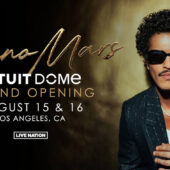

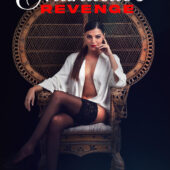
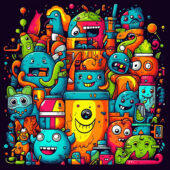



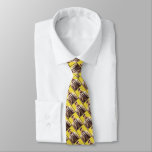




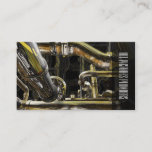

![Actress Anna May Wong Rare Full-Color Photo [240325-38]](https://www.filmfetish.com/img/p/2024/04/240325-38-13x19-web-170x170.jpg)
![Stephen Lang and Jason O’Mara Terra Nova TV Series Press Event Photo [221114-8]](https://www.filmfetish.com/img/p/2022/11/221114-8-11x85-web-170x170.jpg)
![Iconic Music Venue The Stone Pony (1980’s) Asbury Park, New Jersey Photo [210907-15]](https://www.filmfetish.com/img/p/2024/04/210907-15-11x85-web-170x170.jpg)
![Brigitte Bardot Set of 4 Vintage Original Photo Postcards [L49]](https://www.filmfetish.com/img/p/2023/02/P1480575--170x170.jpg)







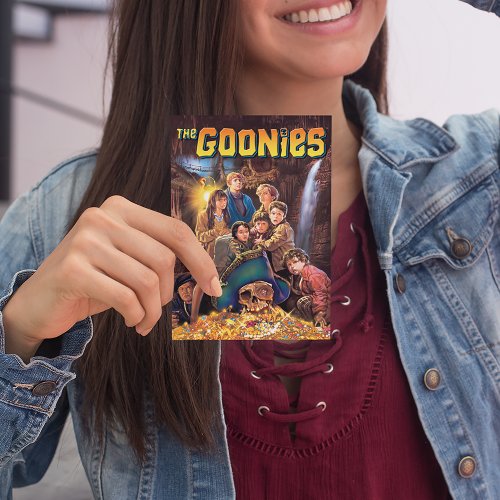





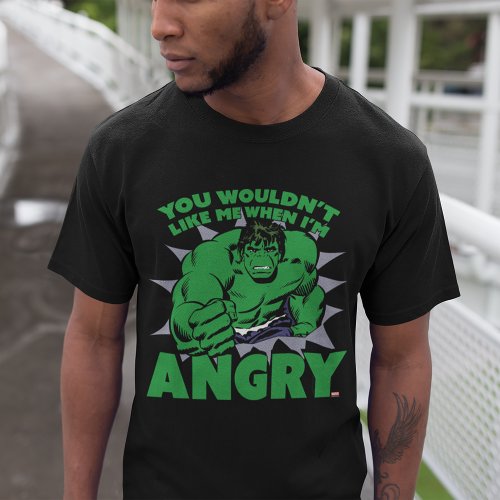
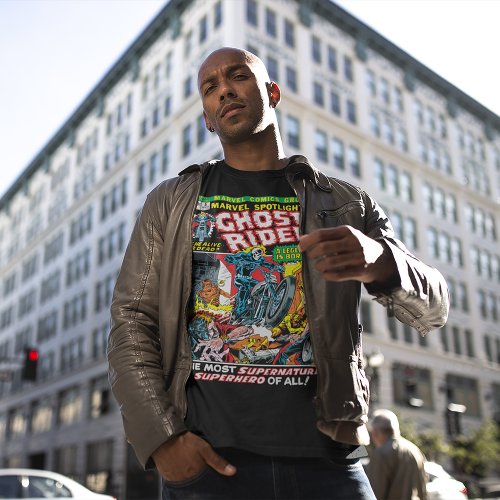
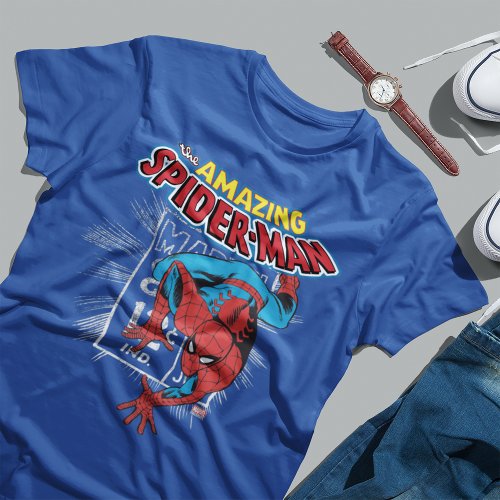






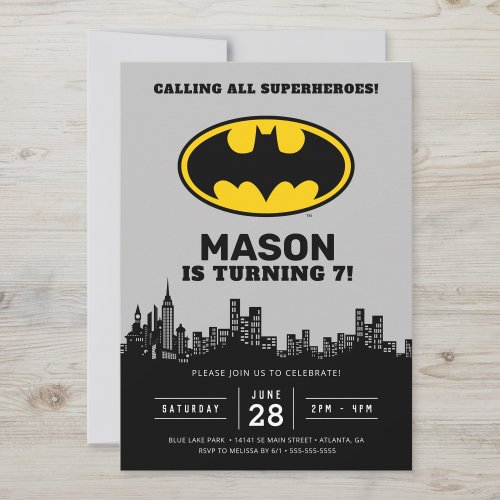


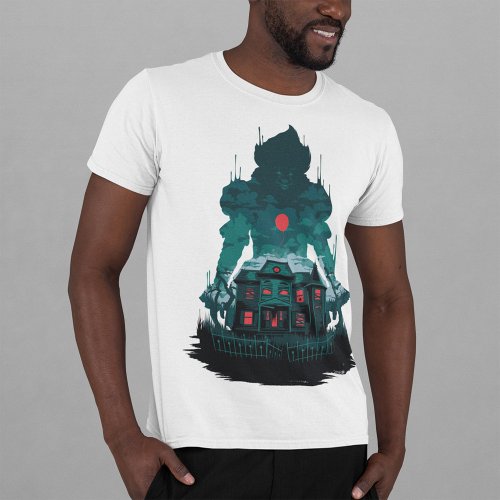

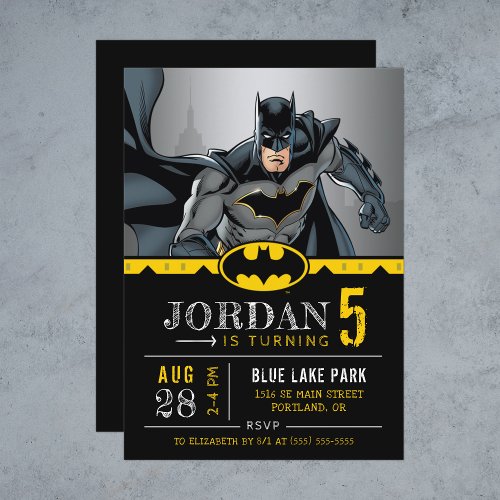



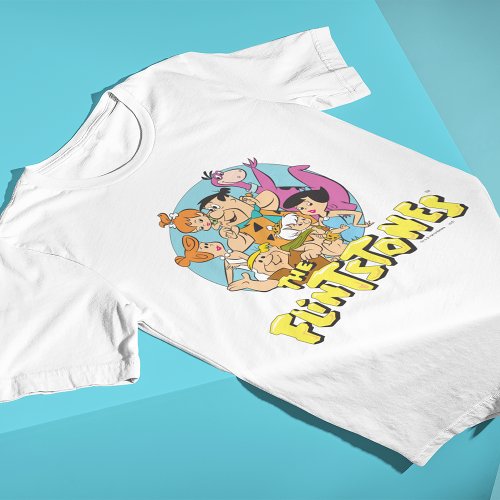

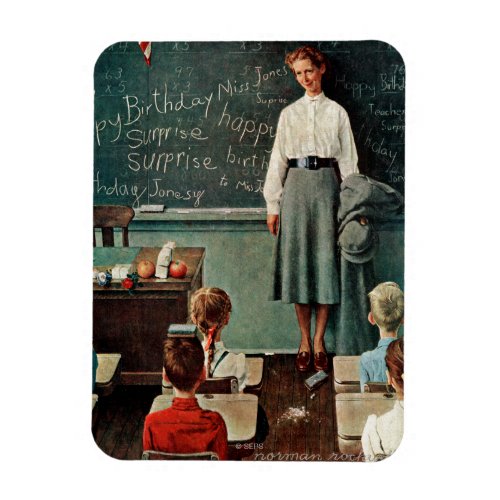
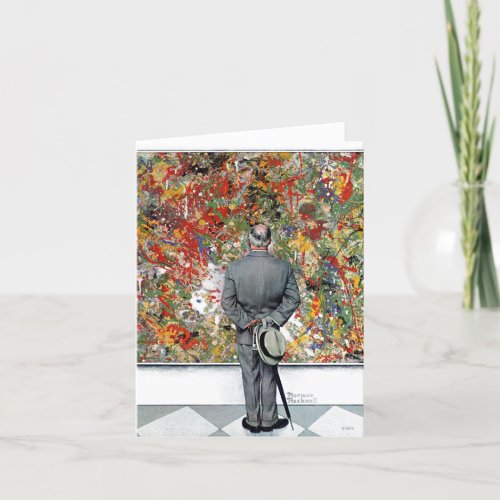
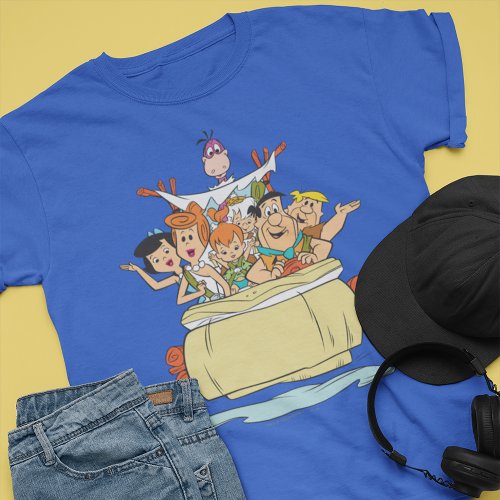


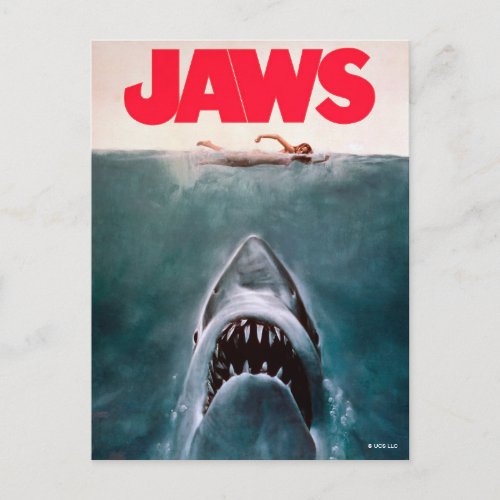
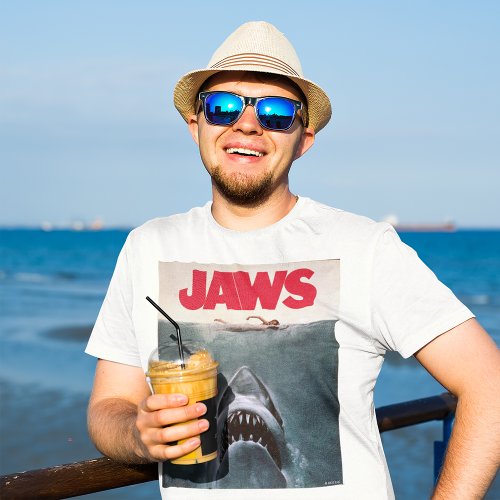



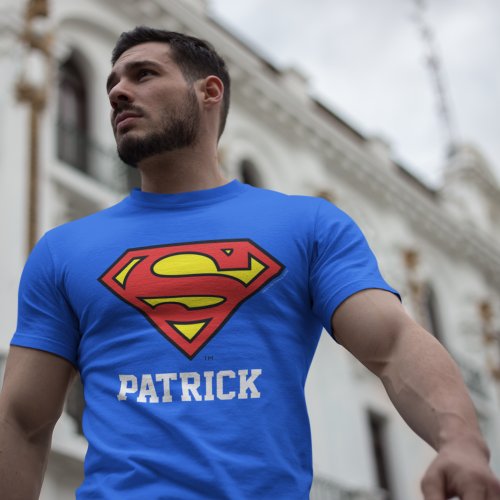


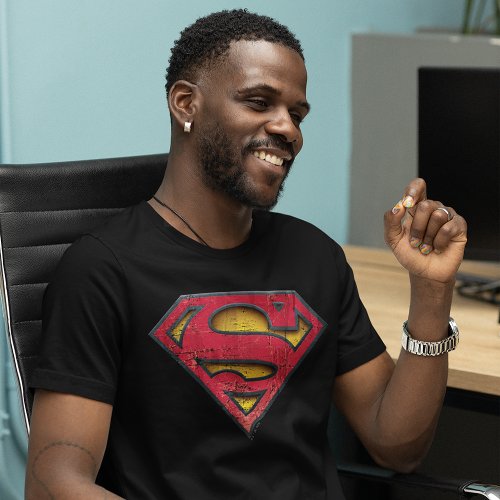

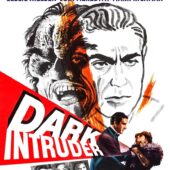
![Tim Burton’s Edward Scissorhands 12×18 inch Officially Licensed Canvas Print [C04]](https://www.filmfetish.com/img/p/2020/10/edward-scissorhands-art-canvas-c04-01-170x170.jpg)
![James Bond 007 The Man With the Golden Gun Original U.S. Lobby Card 6 [J35]](https://www.filmfetish.com/img/p/2023/01/P1470317--170x170.jpg)
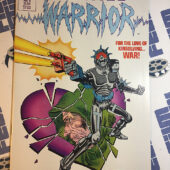
![Hidden Paradise Art Print [DP-221113-1]](https://www.filmfetish.com/img/p/2022/11/dp-221113-1-85x11-web-170x170.jpg)

![Marvel Comics Spider-Man Venom Superhero Character 20×24 inch Poster Art Print [N46]](https://www.filmfetish.com/img/p/2023/02/P1490342--170x170.jpg)

![Static Fish Magazine (Issue 52, Sept. 2007) Pratt Institute Art and Comics Magazine [S37]](https://www.filmfetish.com/img/p/2023/01/P1450164--170x170.jpg)